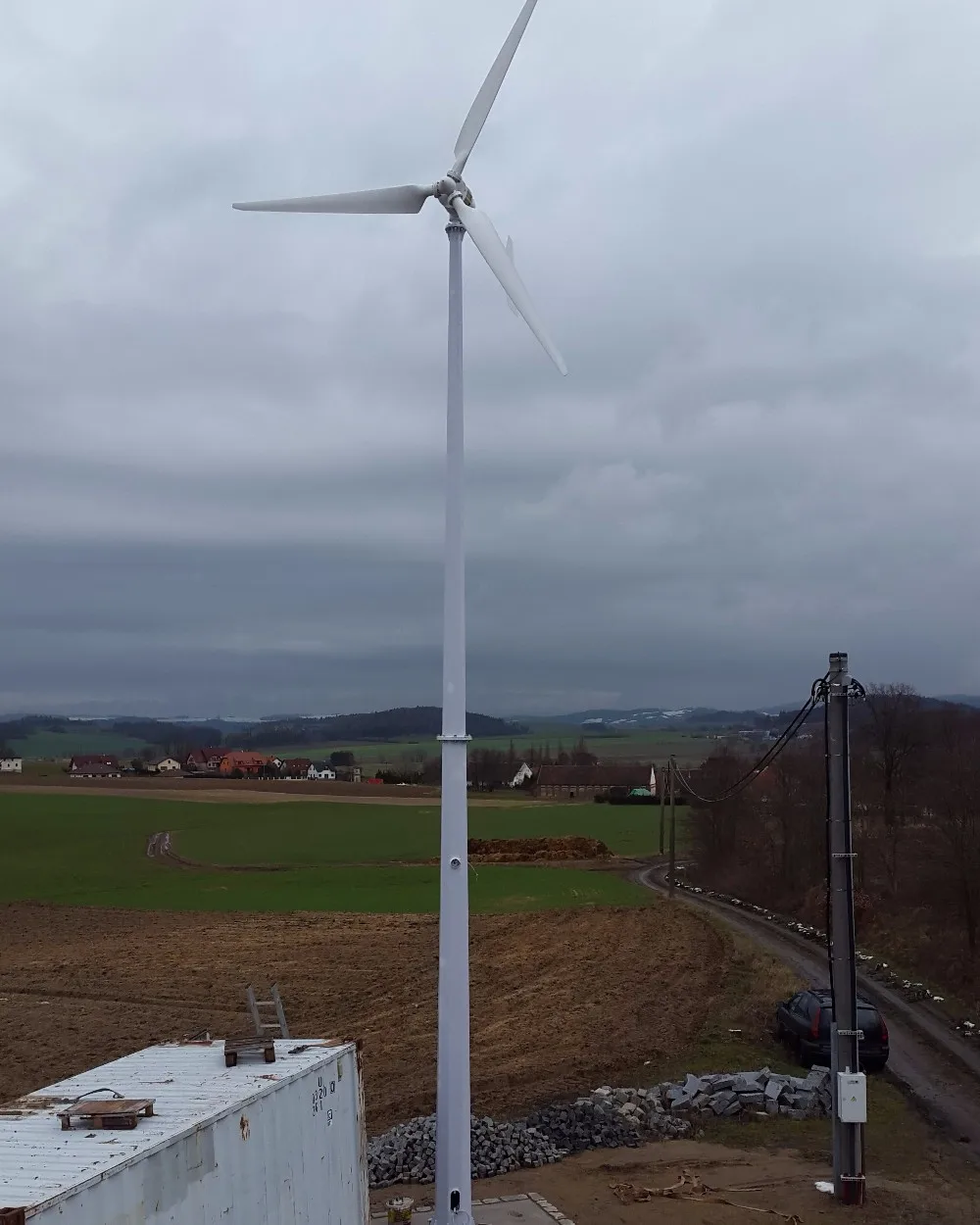

Wind patterns vary by region, and even within particular regions, wind patterns are difficult to predict. Their installation costs can be prohibitive, but federal and state rebates are available to offset upfront costs. Like photovoltaic arrays, wind turbines become profitable only after years of energy savings. Birds are less threatened by residential microturbines. Birds are occasionally sacrificed to the rotating blades of wind turbines, but developers usually take avian migratory patterns into consideration before erecting wind farms. Roof-mounted microturbines are known to cause excessive vibration, however, and homeowners should consider the inconvenience this may cause. Microturbines are considerably quieter, but their placement in proximity to homes may make their constant “swoosh” sound an annoyance to owners and their neighbors. While commercial wind farms may be noisy, they are generally erected in unpopulated areas. Microturbines, too, are often the source of friction between neighbors. The "not-in-my-backyard" sentiment runs rampant in areas where large wind installations are proposed, such as the offshore Cape Wind Project in Cape Cod, Mass.

As they are large and typically placed in otherwise natural areas and green space, wind turbines sometimes evoke frustration and opposition. They are used infrequently because their efficiency is reduced by the need for their rotors to be close to the ground where wind speeds are typically lower. They also have lower wind startup speeds than horizontal designs, they emit less noise, and they are generally smaller, making them ideal for locations where taller structures are prohibited.

The turbine does not need to be pointed into the wind to be effective, which is advantageous in areas where wind direction is highly variable.

The largest commercial wind turbine is Germany’s REPower 5MW. Wind turbines designed for residential use - sometimes called microturbines - are typically much smaller in size (both in height and rotor diameter) than their commercial counterparts, as well as their power output. After this direct current is converted into alternating current, it can then either power a house or be sent into the electrical grid, depending on local net metering laws.
Home wind turbines generator#
A magnetic rotor in the generator housing spins along a shaft within loops of copper wire bound around an iron core, which generates an electrical current. Turbine blades are shaped in such a way that wind causes them to rotate, which then makes a chain of shafts and gears turn. The basic method by which turbines produce electricity is quite simple, and inspectors may want to familiarize themselves with these increasingly popular constructions. Wind turbines are structures that capture the wind’s kinetic energy and convert it into electricity.


 0 kommentar(er)
0 kommentar(er)
